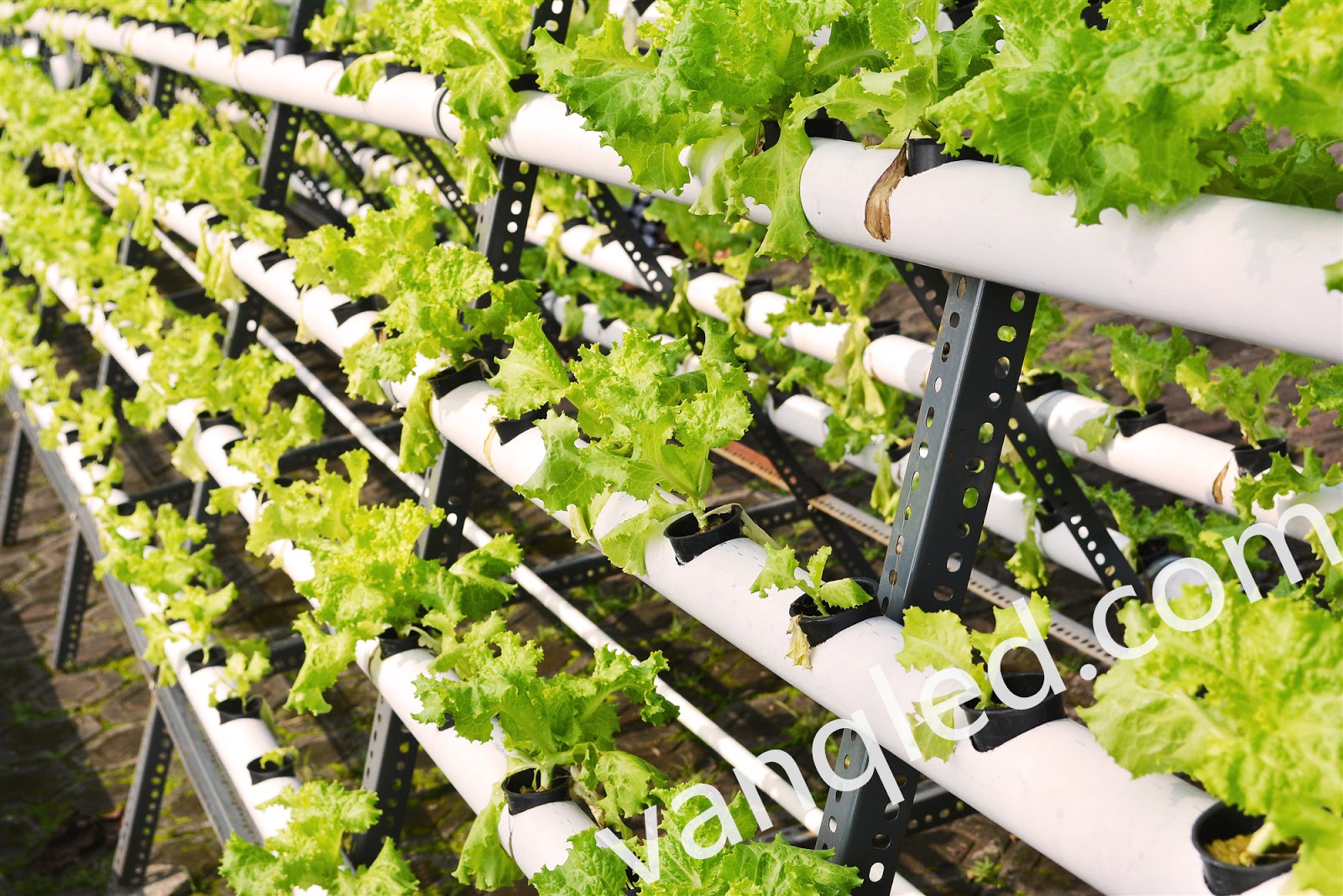Why is Hydroponics so Popular? High Yield or High Organic? Farming Pros and Cons?
In the past, the weather has been affecting the yield of crops. Even the soil and water have been polluted. How can we increase the yield of crops? Next, we will explain how to increase the output of crops.
Methods for increasing plant organic matter content, methods for increasing yield in field and greenhouse cultivation, and advantages and disadvantages of farming
First, increase the content of organic matter in plants
1. Increase the amount of organic matter synthesized
a. Appropriately increase the light intensity and extend the illumination time;
b. Properly increase the CO2 concentration;
c. Appropriately increase the temperature;
d. Appropriately increase the water content of plants (water is the raw material for photosynthesis; it is the medium for various chemical reactions in the body; water affects the opening and closing of pores, indirectly affects the entry of CO2 into plants)
e. Appropriately increase the content of mineral elements.
2, reduce the consumption of organic matter
a. Properly reduce the temperature; b. Reduce the O2 concentration; c. Increase the CO2 concentration; d. Reduce the free water content.
The effect of increasing the concentration of CO2 increases both the amount of organic matter synthesized and the amount of organic matter consumed.
Reduce the free water content, can reduce the consumption of organic matter
Second, greenhouse cultivation methods to increase production
1, the regulation of light: winter or rainy days, artificial light can be taken; summer occlusion;
2, CO2 regulation: combustion method, can increase the intensity of photosynthesis and inhibit respiration.
3, the regulation of humidity: when the humidity is too large (affecting the absorption or loss of water by plants; causing the growth of microorganisms causing plant diseases). Ventilation or temperature increase can be used to reduce humidity. If the humidity is too high, spray water can be used.
4, temperature control: plastic film covered with straw curtain. Depending on the temperature, either cover or roll.
5, water, fertilizer. Application of organic fertilizer, decomposition of microorganisms, increase the concentration of CO2 in the environment, and at the same time comb the soil.
Reminder: Greenhouse cultivation should prevent “white pollution”. The approach taken is to use a degradable plastic film.
Third, the method of field action to increase production
1, the regulation of lighting:
a. Reasonable close planting: If the plant is too dense, the reasons for crop yield reduction are as follows: First, the leaves receive insufficient light, led plant fill light can solve the problem of insufficient crop light; second, poor ventilation and ventilation, insufficient CO2 supply ;
b. Rotation, intercropping, intercropping: Rotation refers to the rotation of several crops in a field, such as wheat and hawthorn rotation; the nesting refers to the late growth of a certain crop, sowing another crop between rows, Make full use of the ground and growing season, such as cotton and wheat. Intercropping refers to the cultivation of two or more crops, such as cotton and cantaloupe, on the same piece of cultivated land at the same growth period.
2. Regulation of CO2: rational fertilization such as farmyard manure;
3, temperature regulation: timely seeding;
4. Regulation of water: reasonable irrigation.
Fourth, the advantages and disadvantages of farmland loose soil:
Benefit: Increase the permeability of soil, promote the decomposition of litter, animal remains and manure by microorganisms in the soil, which is conducive to the growth of crops;
Disadvantages: 1. It is easy to cause soil erosion and may become a predisposing factor for sandstorms;
2. Promote the aerobic respiration of microorganisms, increase the emission of CO2, and make the greenhouse effect and global warming problem serious;
3. Increase agricultural production costs.
Promote no-till method:
It refers to the use of loose soil measures in agricultural production, or the use of loose soil measures. When harvesting, only the wheat ears or rice ears are harvested, and the treated crop straws and residues are kept on the farmland surface, letting them rot, so as to try to Restore the natural state of the soil and protect the soil from evaporation. For agricultural pests and farmland weeds, it is solved by the use of pesticides and herbicides.
The no-till method is conducive to soil and water conservation, can reduce the occurrence of sandstorms, and can improve soil fertility.
Using led plant fill light to fill the crops can shorten the growth cycle and increase yield and quality. Planting plants by water culture can also be protected from water and soil pollution. For information on plant fill light, please pay attention to @vanqled.com.





评论
发表评论